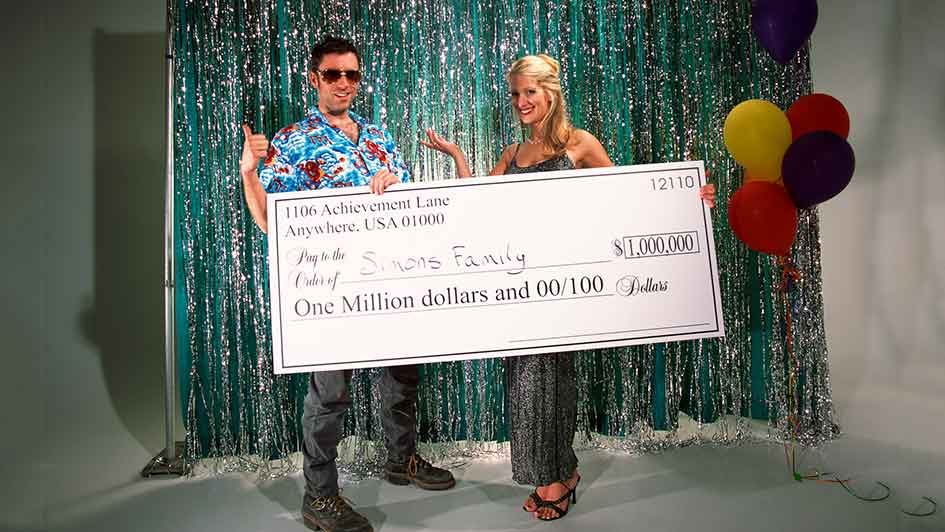Renewables industry reckons it can deliver $50bn in post-COVID-19 stimulus

Getting a 30,000 megawatt (MW) backlog of wind and solar projects moving could expedite the economic recovery from COVID-19 shutdowns, says the Clean Energy Council (CEC).
The COVID-19 crisis is being pitched as an opportunity to not only use renewable energy as one component of driving growth but also as a way to resolve problems that have caused parts of the sector to grind to a halt.
Activating those 30,000MW of energy projects which already have planning approval alone could create 50,000 new jobs directly in construction, 4000 jobs in operations and maintenance, and inject $50bn worth of investment into regional economies, CEC chief Kane Thornton says.
“There’s a giant pipeline of projects… ready to come forward and drive the response to coronavirus,” Thornton said during a webinar today.
Thornton was outlining the CEC’s A Clean Recovery report that covers a series of initiatives that it believes can be undertaken alongside large-scale power projects to spur post-COVID-19 growth.
It is pitching a national home battery program, government commitments to switch to solar energy, upgrading transmission infrastructure to handle a diverse range of generation, supporting the build out of an electric vehicle network, and developing a hydrogen industry.
Currently there is 16,000MW of renewable energy generation in the National Energy Market (NEM), which covers the four main eastern states, ACT and Tasmania.
Scrambling to get set
Parts of the renewable energy sector have almost ground to a halt after years of growth, after a combination of factors spooked private investors and have driven several developers out of the sector entirely.
Investment in clean energy projects collapsed last year due to the expiry of the Renewable Energy Target (RET), lower electricity prices, the inadequacy of Australia’s transmission network, and significant barriers to grid connection.
Currently, policy is being made by the states, which have recognised a growth opportunity and are competing to support renewable projects.
Frustrations with the slow pace from regulators meant Victoria in February successfully removed itself from the NEM, on the grounds the Australian Energy Market Operator (AEMO) was holding up new connections in the state.
NSW Minister for Energy and Environment Matt Kean said during the CEC webinar today the state government was competing “to be the best place to invest in clean energy”.
Last week he announced measures to allow battery systems to be installed in homes and council buildings without council approvals and large batteries to be built in permitted zones in NSW.
More than just generation
Although the federal government is nervous about supporting renewable energy, there is easier fruit authorities can pluck first, says Innes Willox, chief of industry body Ai Group.
During the CEC webinar he picked energy management, optimising transmission infrastructure for specific locations, energy storage, electrifying transport and heavy industry and making hydrogen available as a feedstock and fuel as key areas to tackle.
“Governments will need a suite of options across regulation, taxation and spending that they can deploy as necessary to limit damage and support recovery,” he said.
“There is immense scope for reform and investment to support that transition. And getting started during the crisis will contribute to faster recovery.”
This week the federal government announced a $300m boost to hydrogen hopefuls, with the sector added to the Clean Energy Finance Council’s (CEFC) investment mandate.
Related Topics

UNLOCK INSIGHTS
Discover the untold stories of emerging ASX stocks.
Daily news and expert analysis, it's free to subscribe.
By proceeding, you confirm you understand that we handle personal information in accordance with our Privacy Policy.








